As a candle manufacturer and supplier, labelling your product correctly is the most crucial element of your business. Not only because failure to do so will see you breaking the law, but an incorrectly labelled product would void your insurance.
The Classification, Labelling and Packaging Regulation (CLP) stipulates that all new products with hazardous substances must be labelled with the relevant information. CLP information should be supplied with any non-cosmetic product containing a hazardous substance, (most commonly a fragrance or essential oil). Typically found within candles, wax melts, reed diffusers and room mists.
If your product doesn’t contain any hazardous ingredients and is therefore not a classified product, you don’t need to provide any CLP data.
Watch our latest Instagram live where we go into detail what CLP’s are with Cosy Owl expert Stacey and Abbey from candle making business, Makes Scents Candles.

The wax and wicks used when making candles don’t normally contain hazardous ingredients, although always confirm this with your supplier. All our wicks and waxes do not contain hazardous products and therefore you only need the CLP data for our fragrance oils.
The main implications of fragrance oils are skin and eye irritations and the impact of hazardous substances on our environment. When present at certain concentration levels (normally high) you need to provide health and/or environmental warning statements and their safety pictograms. You are liable for ensuring the correct and accurate information is present. We assist our customers with this by having 5, 10 and 15% CLP labels ready to download for our fragrance oils.
CLP Pictograms
There are 9 images/symbols that you may find on a CLP document, which are also known as hazard pictograms. These are intended to provide information about a substance and the damage this may cause to our health or the environment.
To download these symbols click ‘download here’ then right click on the opened image and save it.
Gas under pressure Symbol: Gas cylinder

What does it mean?
- Contains gas under pressure; may explode if heated.
- Contains refrigerated gas; may cause cryogenic burns or injury.
Examples of where we can find it?
- Gas containers
Examples of precautionary statements
- Protect from sunlight
- Wear cold insulating gloves/face shield/eye protection.
- Get immediate medical advice/attention.
Gas under pressure Symbol – Download here
Explosive Symbol: Exploding bomb

What does it mean?
- Unstable explosive
- Explosive; mass explosion hazard
- Explosive; severe projection hazard
- Explosive; fire, blast or projection hazard
- May mass explode in fire
Examples of where we can find it?
- Fireworks, ammunition
Examples of precautionary statements
- Obtain special instructions before use
- Do not handle until all safety precautions have been read and understood
- Keep away from heat/sparks/open flames/hot surfaces. – No smoking
- Wear protective gloves/protective clothing/eye protection/face protection
- Use personal protective equipment as required
- Explosion risk in case of fire
Explosive Symbol – Download here
Oxidising Symbol: Flame over circle

What does it mean?
- May cause or intensify fire; oxidiser.
- May cause fire or explosion; strong oxidiser
Examples of where we can find it?
- Bleach, oxygen for medical purposes
Examples of precautionary statements
- Keep away from heat/sparks/open flames/hot surfaces. – No smoking
- Wear protective gloves/protective clothing/eye protection/face protection.
- Rinse immediately contaminated clothing and skin with plenty of water before removing clothes
Oxidising Symbol – Download here
Flammable Symbol: Flame
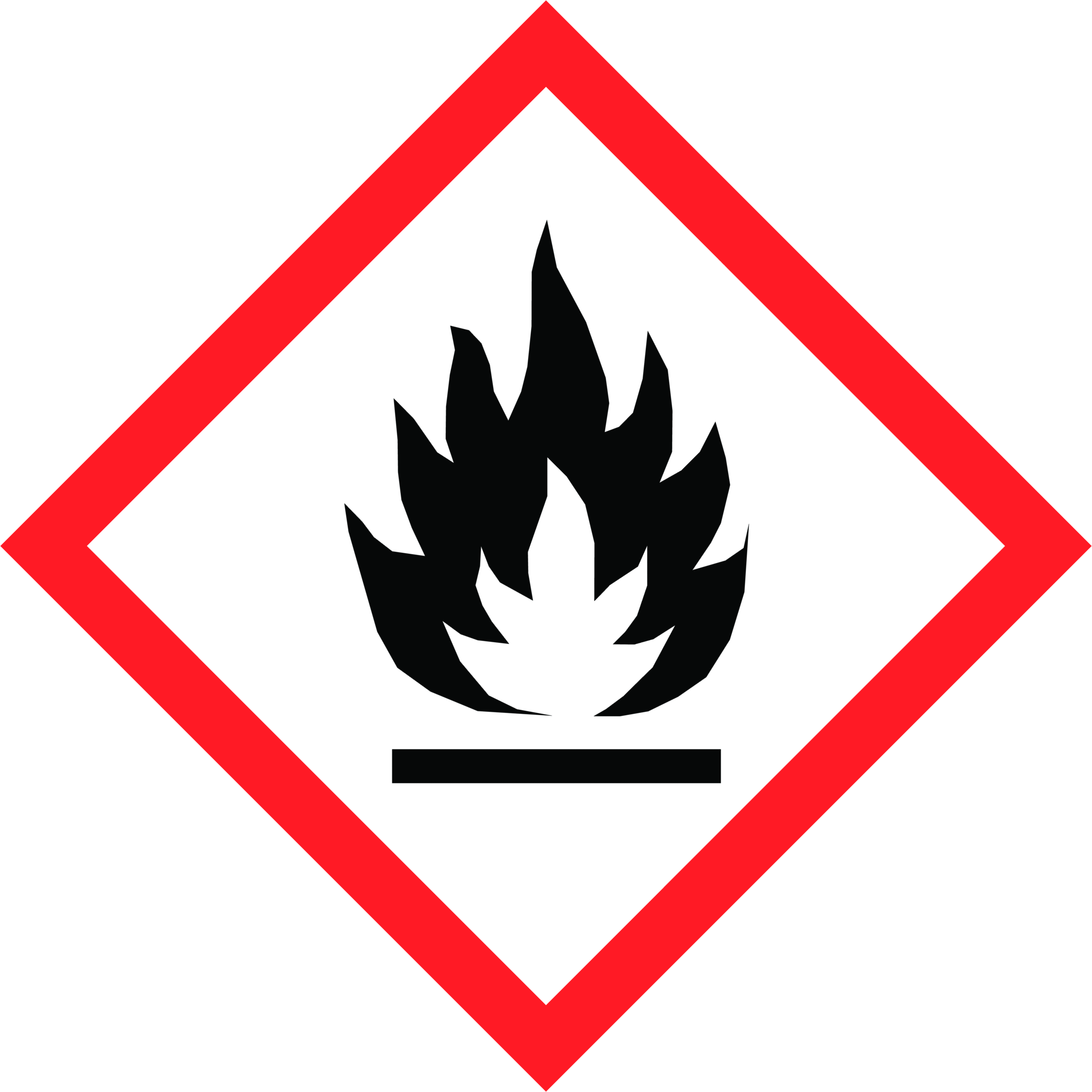
What does it mean?
- Extremely flammable gas
- Flammable gas
- Extremely flammable aerosol
- Flammable aerosol
- Highly flammable liquid and vapour
- Flammable liquid and vapour
- Flammable solid
Examples of where we can find it?
- Lamp oil, petrol, nail polish remover
Examples of precautionary statements
- Do not spray on an open flame or other ignition source.
- Keep away from heat/sparks/open flames/hot surfaces – No smoking
- Keep container tightly closed
- Keep cool
- Protect from sunlight
Flammable Symbol – Download here
Corrosive Symbol: Corrosion
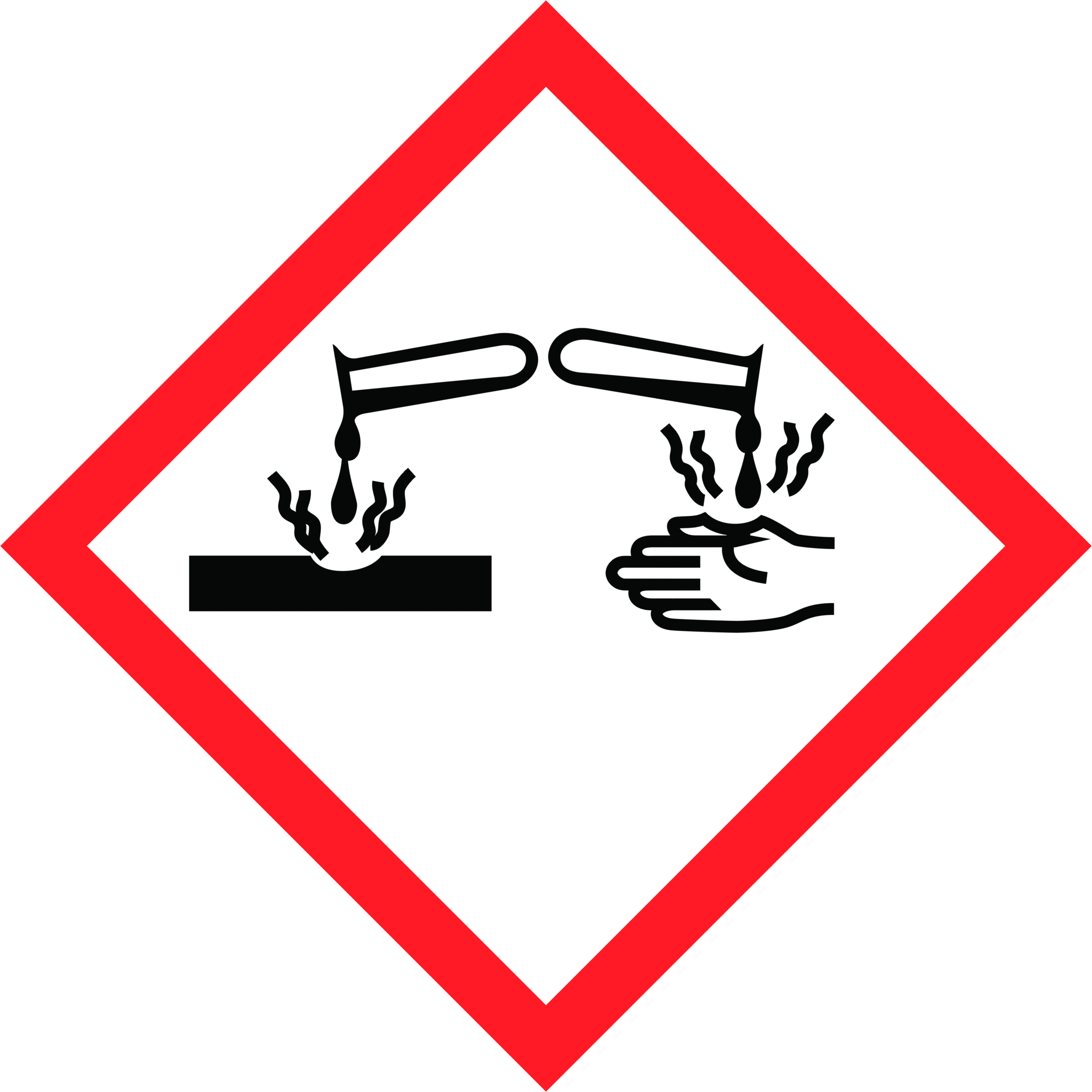
What does it mean?
- May be corrosive to metals
- Causes severe skin burns and eye damage
Examples of where we can find it?
- Drain cleaners, acetic acid, hydrochloric acid, ammoniac
Examples of precautionary statements
- Do not breathe dust/fume/gas/mist/vapours/spray
- Wash…thoroughly after handling
- Wear protective gloves/protective clothing/eye protection/face protection
- Store locked up
- Keep only in original container
Corrosive Symbol – Download here
Health hazard/Hazardous to the ozone layer Symbol: Exclamation Mark

What does it mean?
- May cause respiratory irritation
- May cause drowsiness or dizziness
- May cause an allergic skin reaction
- Causes serious eye irritation
- Causes skin irritation
- Harmful if swallowed
- Harmful in contact with skin
- Harmful if inhaled
- Harms public health and the environment by destroying ozone in the upper atmosphere
Examples of where we can find it?
- Washing detergents, toilet cleaner, coolant fluid
Examples of precautionary statements
- Avoid breathing dust/fume/gas/mist/vapours/spray
- Use only outdoors or in a well-ventilated area
- If inhaled: remove victim to fresh air and keep at rest in a position comfortable for breathing
- If swallowed: call a POISON CENTER or a doctor/physician if you feel unwell
- Wear protective gloves/protective clothing/eye protection/face protection.
- If on skin: wash with plenty of soap and water
- If in eyes: rinse cautiously with water for several minutes. Remove contact lens, if present and easy to do. Continue rinsing.
- Do not eat, drink or smoke when using this product.
Health hazard/Hazardous to the ozone layer Symbol – Download here
Acute toxicity Symbol: Skull and Crossbones

What does it mean?
- Fatal if swallowed
- Fatal in contact with skin
- Fatal if inhaled
- Toxic: if swallowed
- Toxic in contact with skin
- Toxic if inhaled
Examples of where we can find it?
- Pesticide, biocide, methanol
Examples of precautionary statements
- Wash… thoroughly after handling.
- Do not eat, drink or smoke when using this product.
- If swallowed: immediately call a POISON CENTER or a doctor/physician
- Rinse mouth
- Store in a closed container
- Do not get in eyes, on skin, or on clothing.
- Wear protective gloves/protective clothing/eye protection/face protection.
- If on skin: gently wash with plenty of soap and water
- Remove/take off immediately all contaminated clothing.
- Wash contaminated clothing before reuse.
- Do not breathe dust/fume/gas/mist/vapours/spray.
- Use only outdoors or in a well-ventilated area
- Wear respiratory protection
- If inhaled: Remove victim to fresh air and keep at rest in a position comfortable for breathing
- Store locked up
Acute toxicity Symbol – Download here
Serious health hazard Symbol: Health hazard
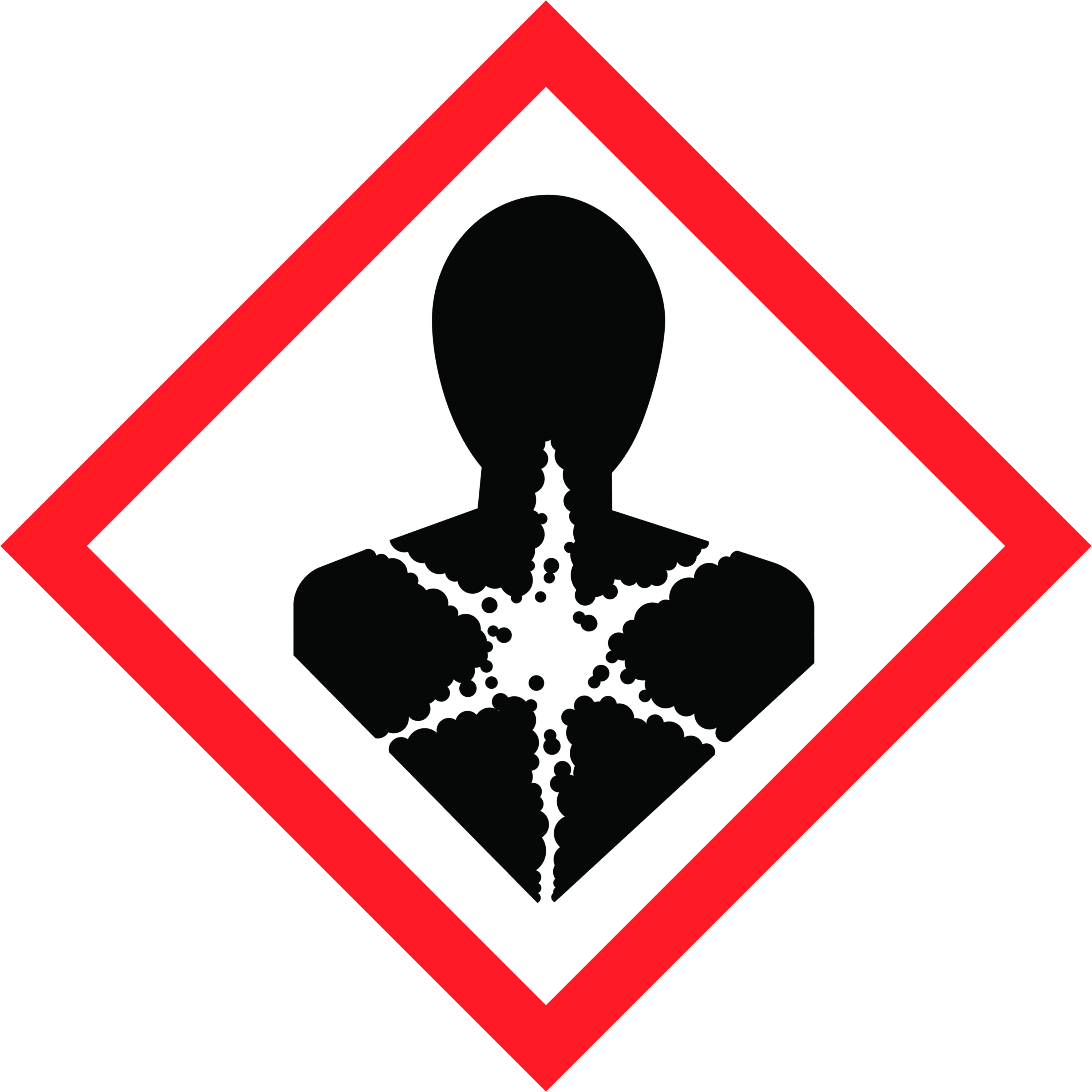
What does it mean?
- May be fatal if swallowed and enters airways
- Causes damage to organs
- May cause damage to organs
- May damage fertility or the unborn child
- Suspected of damaging fertility or the unborn child
- May cause cancer
- Suspected of causing cancer
- May cause genetic defects
- Suspected of causing genetic defects
- May cause allergy or asthma symptoms or breathing difficulties if inhaled
Examples of where we can find it?
- Turpentine, petrol, lamp oil
Examples of precautionary statements
- If swallowed: immediately call a POISON CENTER or a doctor/physician
- Do NOT induce vomiting
- Store locked up
- Do not breathe dust/fume/gas/mist/vapours/spray.
- Wash thoroughly after handling.
- Do not eat, drink or smoke when using this product.
- Get medical advice/attention if you feel unwell
- If exposed: Call a POISON CENTER or doctor/physician
- Obtain special instructions before use
- Do not handle until all safety precautions have been read and understood
- Use personal protective equipment as required
- If exposed or concerned: Get medical advice/attention
- Avoid breathing dust/fume/gas/mist/vapours/spray
- In case of inadequate ventilation wear respiratory protection
- If inhaled: If breathing is difficult, remove victim to fresh air and keep at rest in a position comfortable for breathing
Serious health hazard Symbol – Download here
Hazardous to the environment Symbol: Environment

What does it mean?
- Very toxic to aquatic life with long lasting effects
- Toxic to aquatic life with long lasting effects
Examples of where we can find it?
- Pesticides, biocides, petrol, turpentine
Examples of precautionary statements
- Avoid release to the environment
- Collect spillage
Hazardous to the environment Symbol – Download here
Candle Safety Pictograms
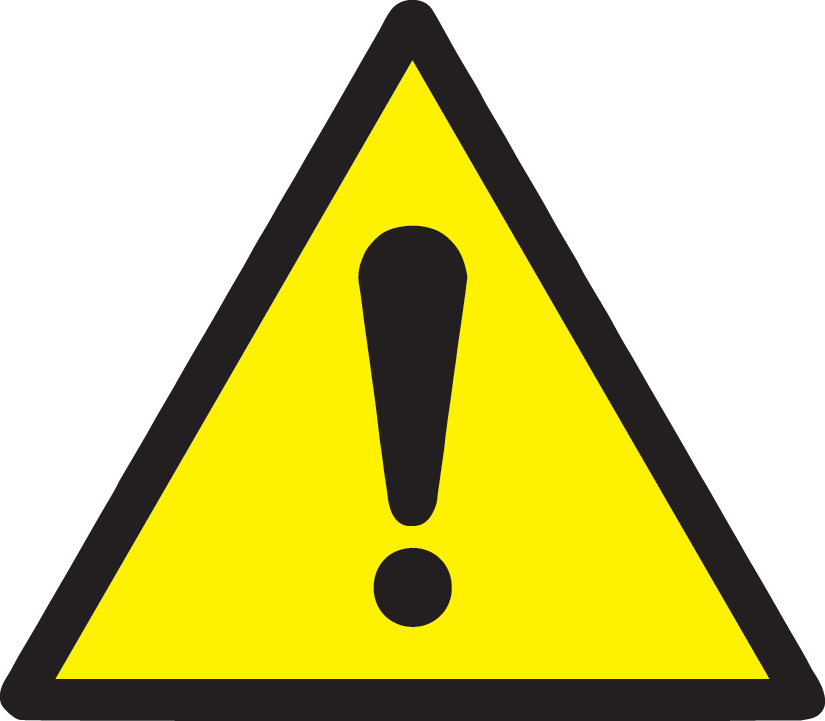
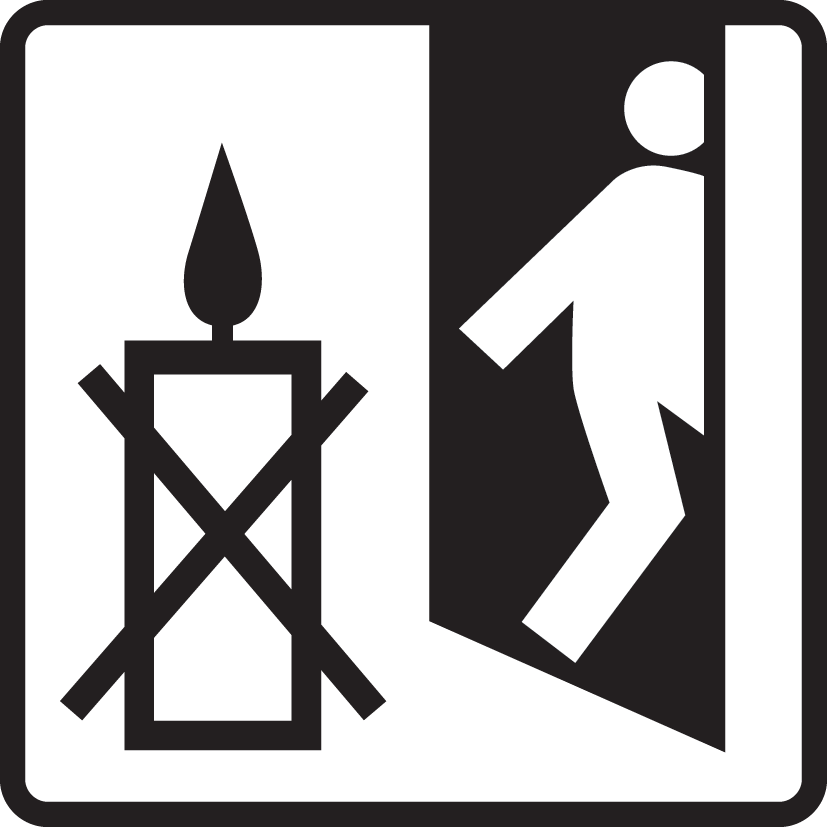
NEVER LEAVE A BURNING CANDLE UNATTENDED- Download here

KEEP AWAY FROM THINGS THAT CAN CATCH FIRE- Download here
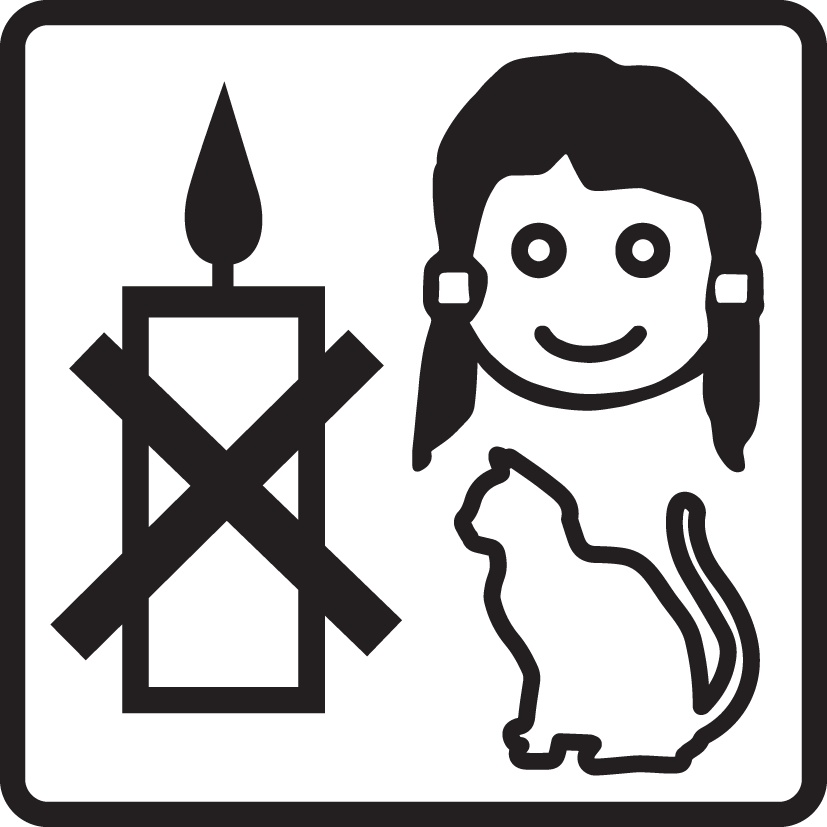
KEEP AWAY FROM CHILDREN AND PETS- Download here
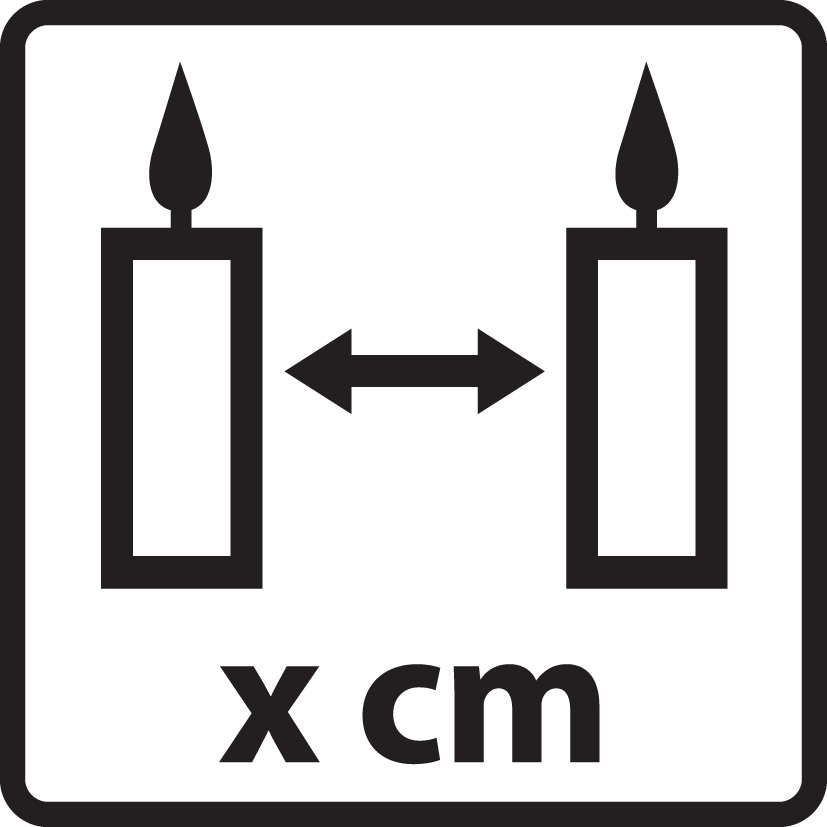
KEEP CANDLES X CM APART- Download here
What should be on and where should the CLP label be?
The CLP label should be firmly attached to one or more of the packaging’s surfaces and must include the following:
- The name, address and telephone number of the supplier
- The nominal quantity of a substance or mixture in packages made available to the general public (unless this quantity is specified elsewhere on the package)
- Product identifiers
- Where applicable, hazard pictograms, signal words, hazard statements, precautionary statements and supplemental information required by other legislation.
This article is intended as a guide only. Whilst we have taken every care to ensure the accuracy of the information is current and up to date, Cosy Owl accepts no liability for any inaccuracies as regulations are amended frequently. Please refer to the Candle Federation for updates.


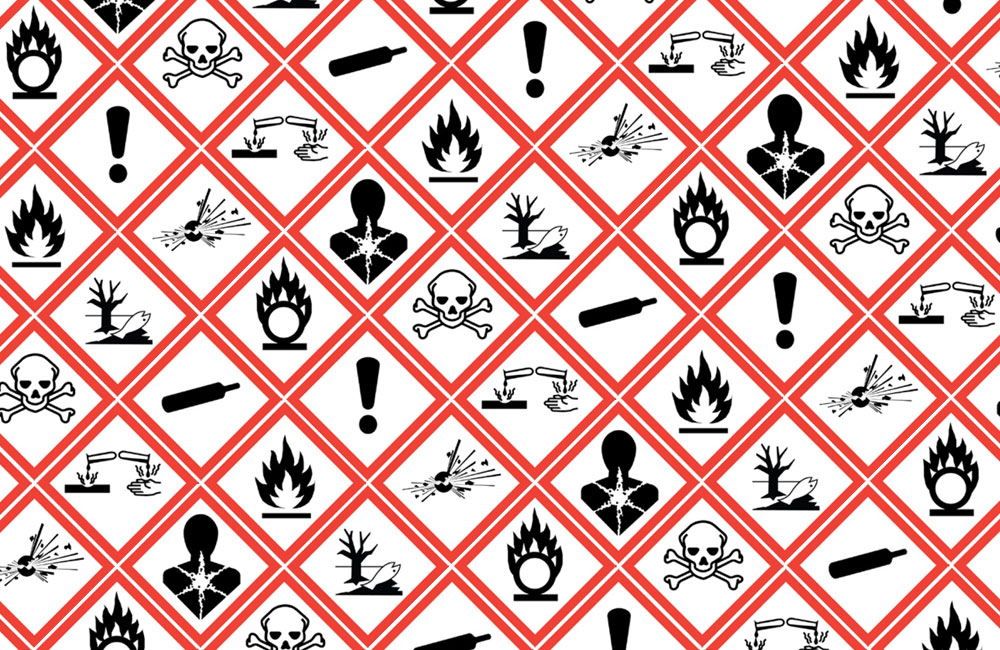
Hello.I have trouble getting all the information to fit on the clp label. It seems like an aweful lot to add. The precautionary statements alone take up all the space. Could you send me an example of one if possible? Also im trying to find the documents for frankincense and myrrh but when I click on the data sheets nothing comes up?
you need to include exactly what is on the CLP templates that we provide. However please note whilst you must include all Hazard (H phrases) it is at your discretion to decide what precautionary statements are relevant to your product and only include those. I attached a link to our guide below which will assist you
https://cosyowl.com/guides/clp-regulations